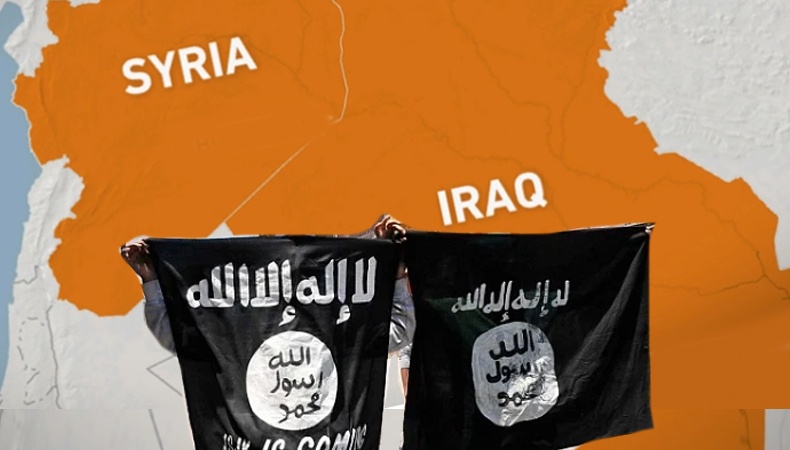Persistent Threat: The Resilience of the Islamic State Group in Syria, Iraq, and Beyond

The Islamic State group (IS) continues to constitute a severe and dynamic terrorist threat throughout its former strongholds in Syria, Iraq, and other locations, despite significant losses in leadership and territory control. A recent analysis by United Nations specialists claims that IS still controls a sizeable army of 5,000 and 7,000 people, most of whom are combatants, and that it is actively modifying its tactics to ensure its survival and comeback. The group’s actions, which cover both war zones and non-conflict regions, highlight the necessity for consistent international efforts to reduce its impact and stop further destabilization.
The Islamic State organisation has seen severe losses since it declared its caliphate in 2014, culminating in its territorial defeat in Syria and Iraq in 2017 and 2019. However, its adaptability and continued activity show its resilience. According to experts, the organisation has changed its strategy, blending in with the local community and carefully picking engagements to reduce casualties. Additionally, IS has set up recruitment and reconstruction initiatives in camps in northeastern Syria and vulnerable areas in neighbouring nations. The gang can continue to operate thanks to this adaptable strategy, which makes it a chronic threat.
IS still has a sizeable fighting force, between 5,000 and 7,000 fighters, in Syria and Iraq. Although the group has reduced attacks, this deliberate cutback is intended to aid organisational and recruitment operations. The combatants’ diverse nationalities emphasise the IS danger’s international scope. This problem is made more difficult by prison facilities housing potential fighters. Over 11,000 people, including children, believed to have ties to IS are held in northeast Syria. According to reports, IS continues to run a campaign focused on enlisting minors, which feeds the radicalisation cycle even more.
Keep Reading
The Islamic State group has expanded its influence outside of its traditional strongholds, especially in Afghanistan and several regions of Africa. IS has expanded its operational capacity in Afghanistan, which now has between 4,000 and 6,000 militants and family members. As a result, it represents one of the worst terrorist dangers in the area. The Sahel region has seen an uptick in violence due to the growing autonomy displayed by IS affiliates in Africa. This growth highlights the group’s versatility and capability to take advantage of political unrest and strife.
The assessment by UN specialists emphasizes the ongoing threat that the Islamic State group poses, focusing on its sustained presence and flexible tactics in its former strongholds and beyond. The group’s operations are constantly changing, emphasizing the necessity for ongoing international efforts to reduce its impact, stop recruiting, and exploit destabilization potential. Governments and international organizations must cooperate to handle this complex issue, including military measures and initiatives to combat radicalization, assist impacted populations, and advance stability in conflict-ridden areas. Failure to adequately combat the IS threat might adversely affect world security and stability.








